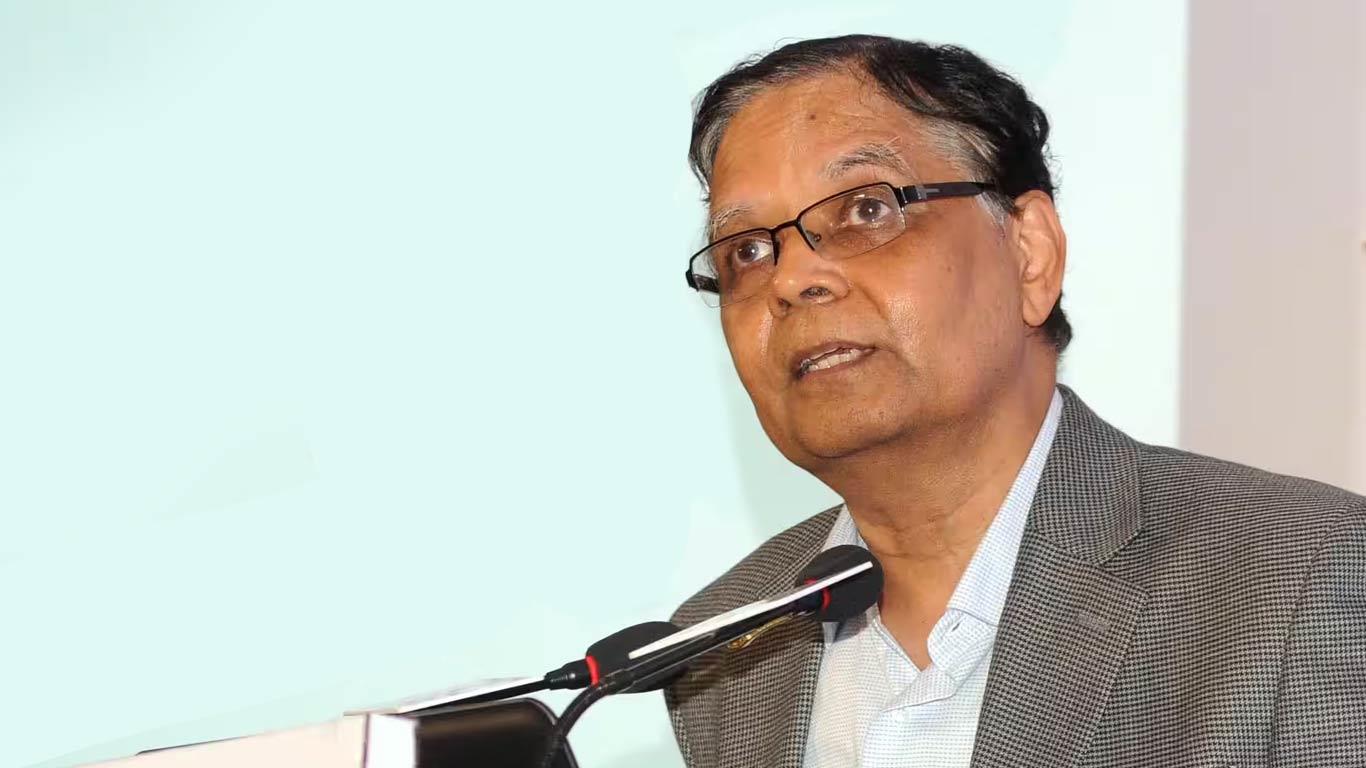
Finance Commission Chairman Arvind Panagariya Endorses India's Currency Management Approach
Speaking at the Express Idea Exchange, Panagariya praised former finance minister Manmohan Singh's decisive action during the 1991 reforms, stating that the entire liberalisation effort would have failed without the crucial step of devaluation.
The impact of the 1991 policy decision was profound, with the rupee moving from approximately Rs 17-18 per US dollar to Rs 46 per dollar by 2002-2003.
This currency adjustment catalysed remarkable growth in India's export sector, with merchandise exports alone surging from USD 50 billion in 2002 to USD 300 billion in 2011-12, representing a sixfold increase within a decade.
The rupee has continued its managed depreciation, shifting from Rs 61 in 2014 to around Rs 86 today, albeit at a more moderate pace.
Panagariya, author of "The Nehru Development Model," emphasised that the depreciation strategy provided crucial protection for the economy while enabling broader reforms. The policy facilitated export growth, allowed for import licensing liberalisation, and supported tariff reductions.
This marks a significant shift from the historical skepticism toward currency devaluation, particularly following the controversial 1966 devaluation under Indira Gandhi's government, which faced severe criticism as a "sell-out to America and the World Bank."
Drawing lessons from the 2009-2015 period, when India briefly adopted a hands-off approach to currency management, Panagariya defended the current policy of managing short-term fluctuations while allowing long-term depreciation. He explained that this approach is necessary given India's typically higher inflation rates compared to its trading partners.
The strategy is particularly relevant considering India's position as a major recipient of remittances and a net capital importer, where large dollar inflows can lead to unwanted currency appreciation.
Panagariya concluded by cautioning against a completely hands-off approach to exchange rate management, noting that allowing some controlled depreciation facilitates import liberalisation while maintaining export competitiveness. This balanced strategy, he argued, has proven beneficial for India's economic development and trade relationships.
(KNN Bureau)
Legal Disclaimer:
MENAFN provides the
information “as is” without warranty of any kind. We do not accept
any responsibility or liability for the accuracy, content, images,
videos, licenses, completeness, legality, or reliability of the information
contained in this article. If you have any complaints or copyright
issues related to this article, kindly contact the provider above.


















Comments
No comment